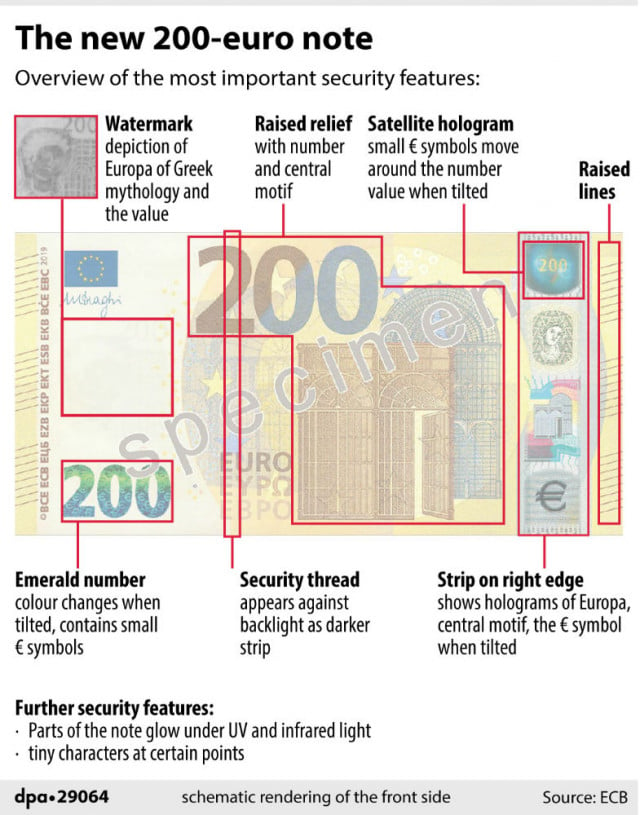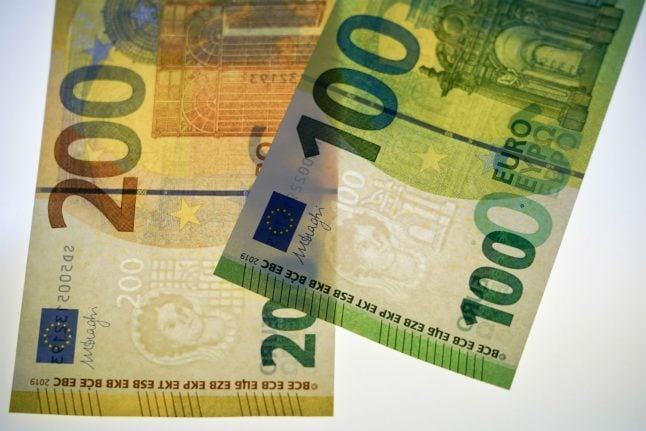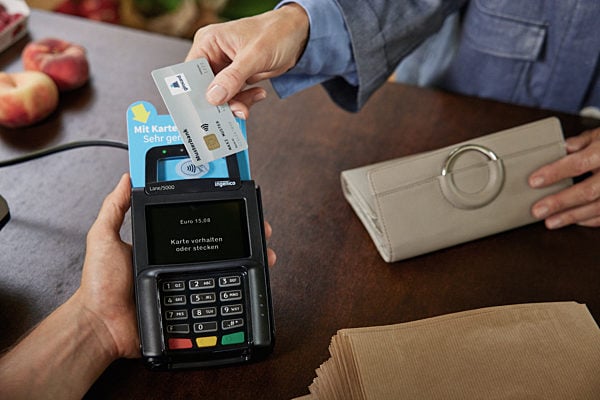New €100 and €200 bills are supposed to make it more difficult for counterfeiters to do their job.
The issuing of these bills completes the second series of Euro bank notes, the first series which began being issued in 2002, according to the European Central Bank in Frankfurt. The €500 note has not been issued since the end of April.
SEE ALSO: Mixed emotions in Germany as 500-euro note bows out
“The manufacturers of ATMs and cash safes have already been able to borrow the new banknotes for test purposes for the last nine months, so the technical conversion should run smoothly,” assured Johannes Beermann, Chairman of the Bundesbank (German Central Bank).
Last year, six percent of the euro notes in circulation in Germany were €100 notes and one percent were €200 notes, according to the Deutsche Bundesbank.
By far the most frequently counterfeited banknote in Germany has been the the €50 note. A revised version of the orange-brown note was issued in 2017. While the 'state of the art' bill had more security features, Germany's police union remained skeptical that it could still be counterfeited.
SEE ALSO: New €50 note is forgeable, claims German police union
Anyone who immediately hopes for the new notes when withdrawing money in the coming days could, however, be disappointed. The introduction of 2.3 billion revised €100 notes and 700 million €200 banknotes throughout the eurozone will take place gradually.
The old notes are gradually being withdrawn from circulation by the central banks, but first-generation euro banknotes will remain valid.
New security features

Graphic: DPA
The €100 and €200 notes have a “satellite hologram” on the front top right. When tilted, small euro symbols move around the value numeral. There are additional euro symbols in the emerald number.
“These two security features make counterfeiting of the new €100 and €200 banknotes even more difficult,” Beermann recently explained.
The new notes also use security features already found on the twenties and fifties: They also have a “portrait window”. If you hold the glow against the light, the window becomes transparent, showing a portrait of the Greek mythical figure of Europe.
The value “100” or “200” printed as a glossy number on the front changes the colour from emerald green to deep blue when the banknote is tilted.
The basic colours of the notes will not change either. The hundred note is still green, while the two-hundred note keeps its mixture of yellow and brown. The colours are slightly stronger than those of the old banknotes.
The format of the banknotes has also been altered slightly: The €100 and €200 of the new series are just as long as the €50 note. The width of the banknotes, on the other hand, remains the same.
The €500 note, which will no longer be issued, will remain legal tender, however, and will be exchangeable indefinitely.
Vocab
Monetary authorities – (Die) Währungshüter
Released – Herausgegeben
Emerald number – (Die) Smaragdzahl
Imprinted – aufgedruckt



 Please whitelist us to continue reading.
Please whitelist us to continue reading.
Member comments